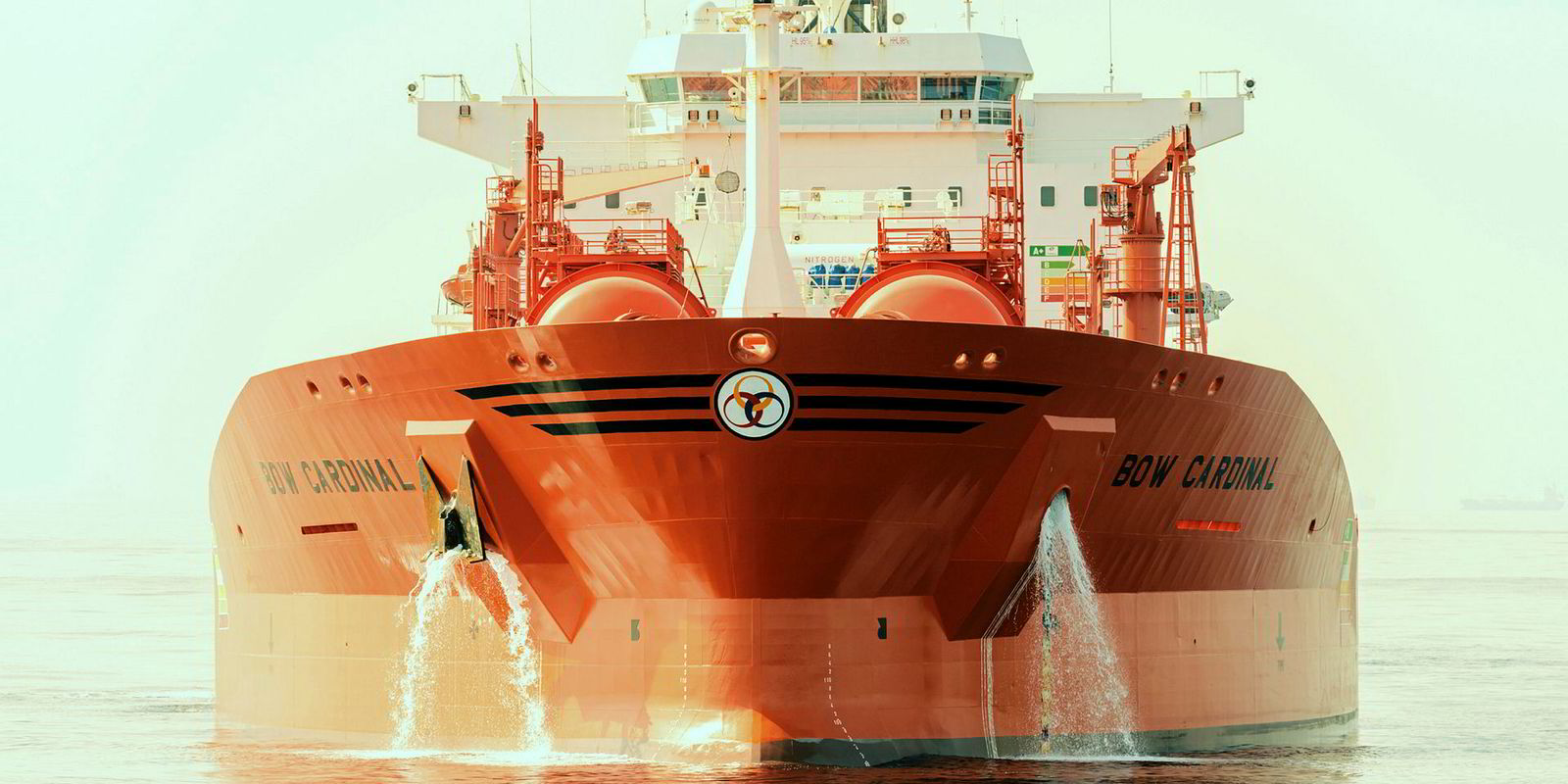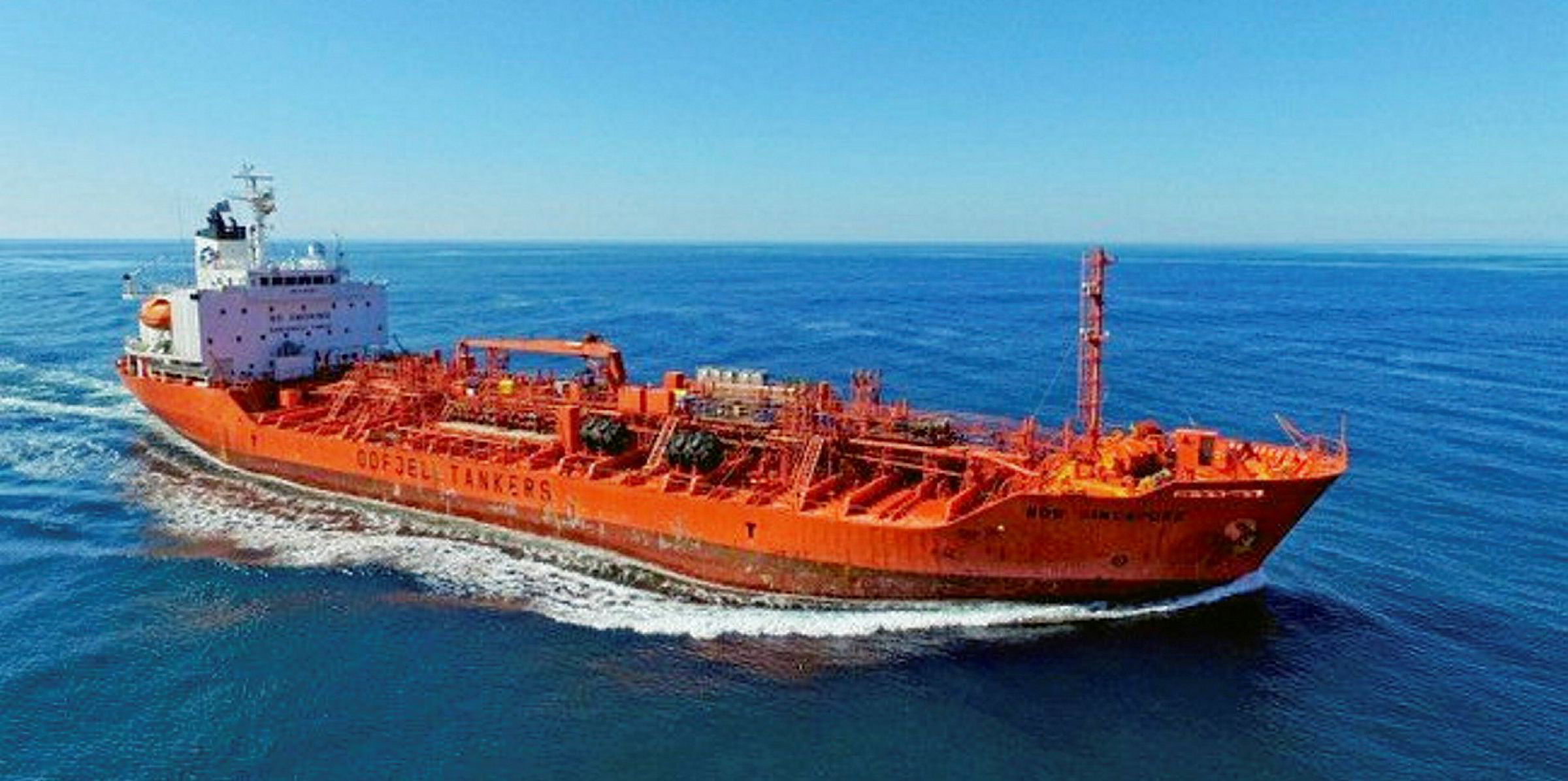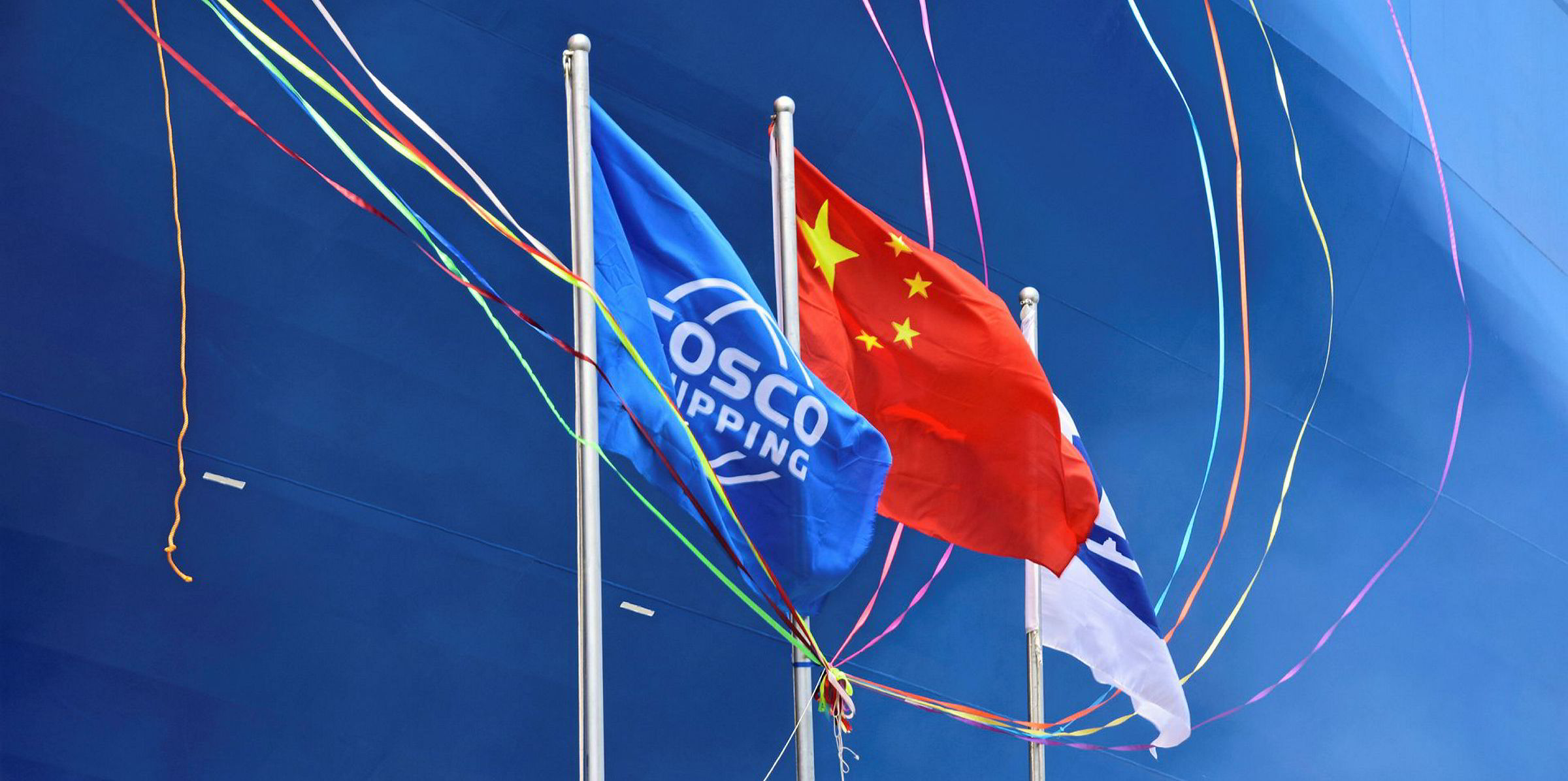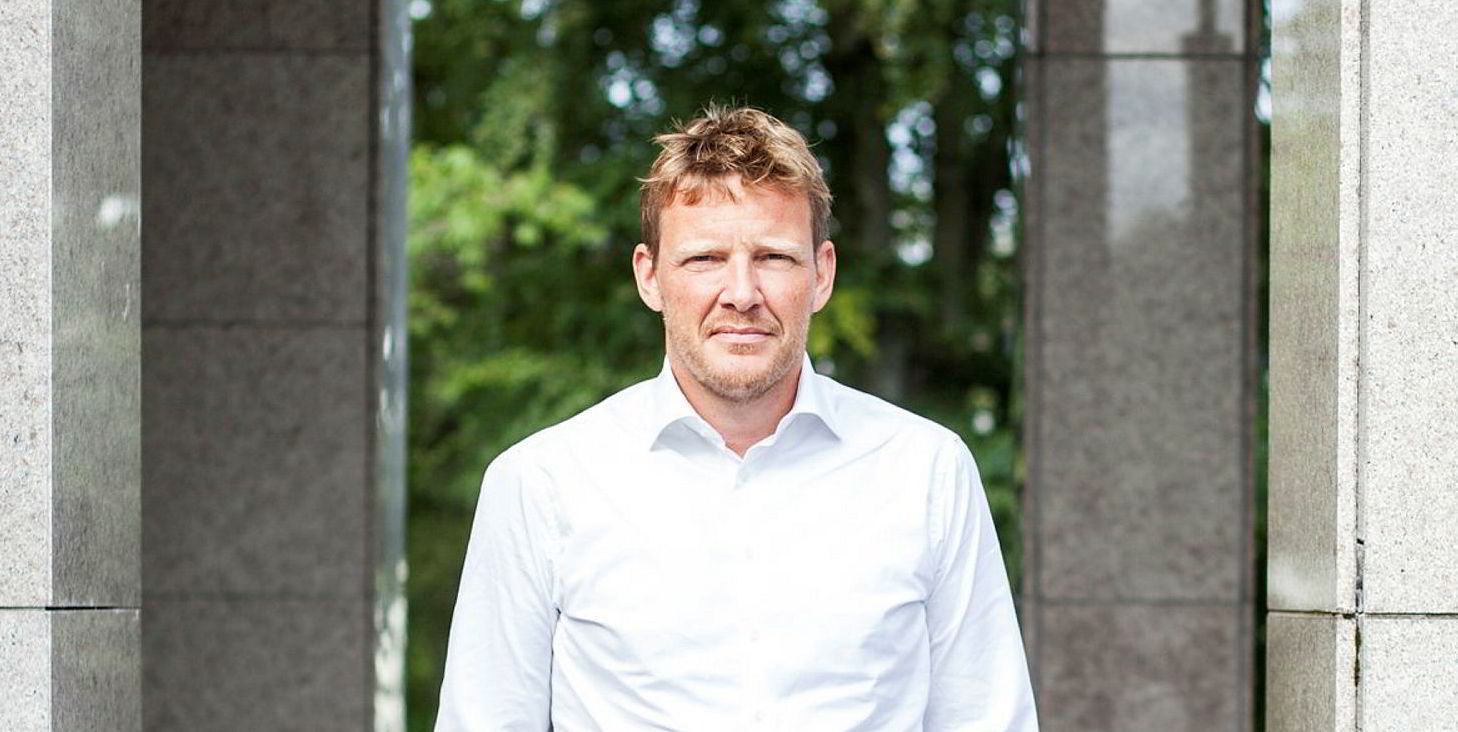Odfjell's largest terminal in Houston — a key hub for its chemical tanker fleet — will soon be even bigger as the Oslo-listed company adjusts to meet growing demand from the US shale-gas boom.
At any given time Odfjell has three or four vessels on berths in Houston, which chief executive Kristian Morch describes as the most important port in the world for the company.
The Bergen-based tanker owner’s Texas facility already accounts for one quarter of its tanker terminal capacity of 1.51 million cbm — and the US is the company’s largest base outside of Norway.
"We are going to be focusing our investments on growing our terminal in Houston," Morch tells TradeWinds.
“The US is our single most important market,” he adds, noting that the availability of US shale gas is one of the fundamental changes being experienced by the global chemical industry.
Cheaper to produce
He says an abundance of shale gas allows the US to produce chemicals at a fraction of the cost compared to most other countries.
“If you are a US-based chemical producer, you have structural access to very cheap and abundant feedstock,” he says.
“I’m simplifying it but, if you are a US producer, you just turn on the tap and you have shale oil and gas coming in and you can produce these chemicals in a much cheaper way.”
Odfjell has a second, much smaller US terminal in Charleston, South Carolina, that holds 79,243 cbm in nine tanks.
Analysts have predicted that Odfjell would most likely start its Houston expansion in earnest after it completely squares away ownership of its terminals in the US and the Netherlands.
Last year, Odfjell sold its Rotterdam terminals to Koole after joint venture partner Lindsay Goldberg withdrew, generating cash proceeds of $100m.
Lindsay Goldberg has also agreed to sell its 49% stake in another joint venture with Odfjell that owns the two US terminals, having held it since 2011. The buyer is Northleaf Capital Partners.
“The Houston terminal is a likely candidate when it comes to terminal expansions,” Swedbank analyst Jorgen Hannevik tells TradeWinds. “However, the timing, magnitude and scale of a potential expansion remains uncertain as Lindsay Goldberg’s transaction with the new partner, Northleaf Capital Partners, has not yet closed.
"After the transaction closes, Odfjell and Northleaf Capital Partners will initiate discussions on this, and I expect we will know more during the second half of 2019."

But it is certainly a matter of when and not if, according to Danske Bank analyst Anders Karlsen.
“There are a lot of chemical producers in the US Gulf,” he says. “It will create demand for storage, and some may be exported.”
The Odfjell family also maintains partial ownership of terminals in Argentina, Brazil, Chile and Peru that hold 552,740 cbm within 455 tanks.
"These extensive terminal activities in South America provide an excellent compliment to Odfjell's frequent and traditionally strong shipping activities within the region," the company says.
Its overall terminals business brought in $17.6m in revenue during the first quarter, down 39% from the same period last year.
New US terminals CEO
Houston’s expansion plans will be under the watchful eye of John Blanchard, the new chief executive of Odfjell Terminals US
Blanchard, a former president of Arc Logistics Partners, joined Odfjell in May to replace Frank Erkelenes.
He managed bulk liquid terminals owned by Arc, a Lightfoot Capital Partners portfolio company where Blanchard also served as senior vice president.
Odfjell expects North America's and South America's economies, which accounted for 49% of group revenue of $851m in 2018, to grow 2.5% this year, further propelling success in the Americas.
Ongoing prosperity in the Middle East and Asia — Odfjell's second-largest market combined with $268.3m in revenue last year — is also helping.
Eyes on sector upturn
While the chemical tanker market has suffered an extended downturn, the company believes an upturn is on the way.
“The fundamentals for chemical tankers have been strong for quite a while,” Morch says. “The market has not really reflected how strong a demand picture we have seen.
“The piece of the puzzle that has been missing for us was the product tanker market.”
Morch says the company has been tracking the number of coated IMO II vessels trading in the chemical space against those trading dirty or in products.
While last year saw many swing into chemicals, the trend began to reverse in the fourth quarter of 2018 as tanker markers enjoyed a strong winter rally.
“It’s probably not going to be a boom,” Morch says. “We are not counting on that but we do see the trend is firming and we hope it continues."







